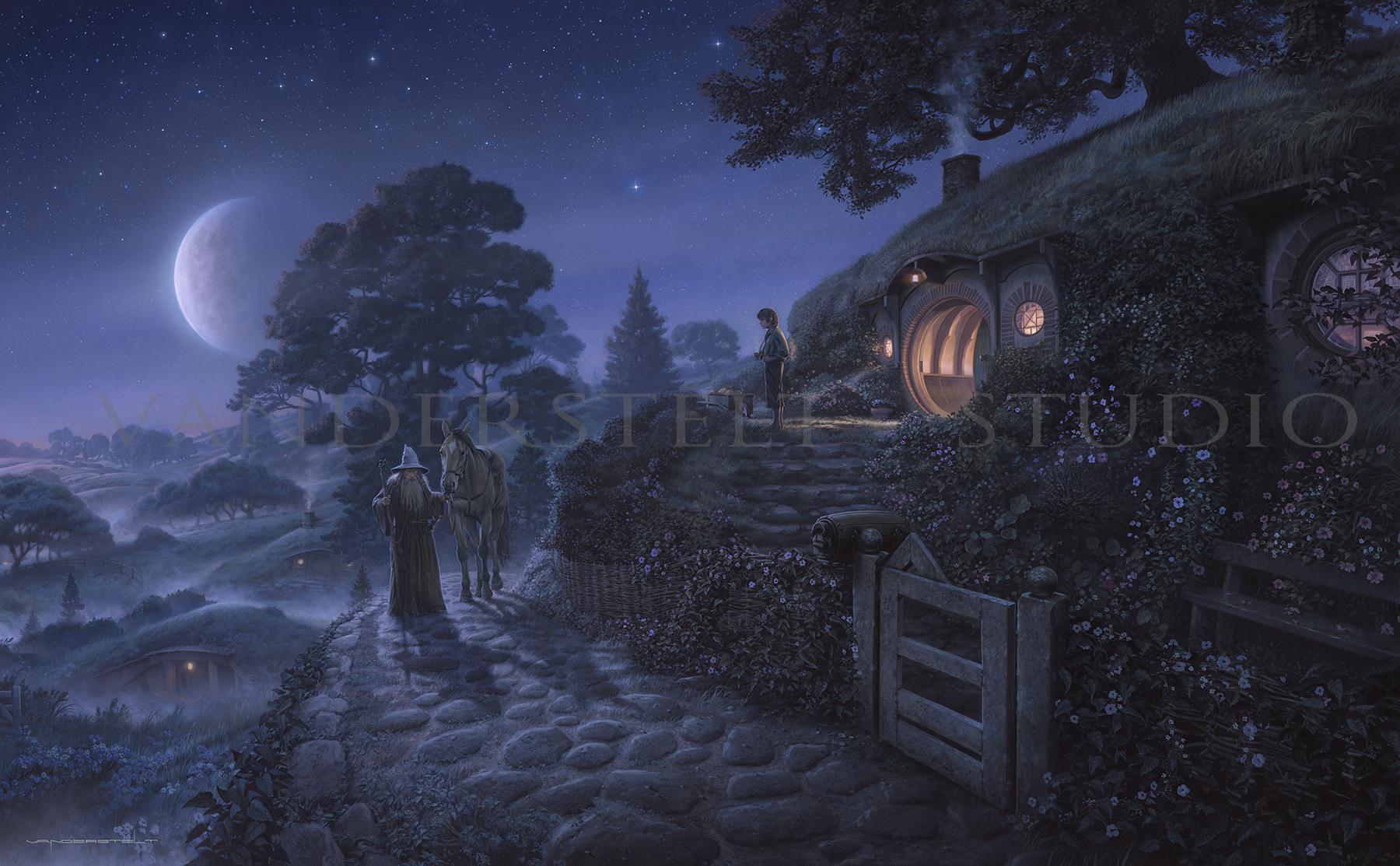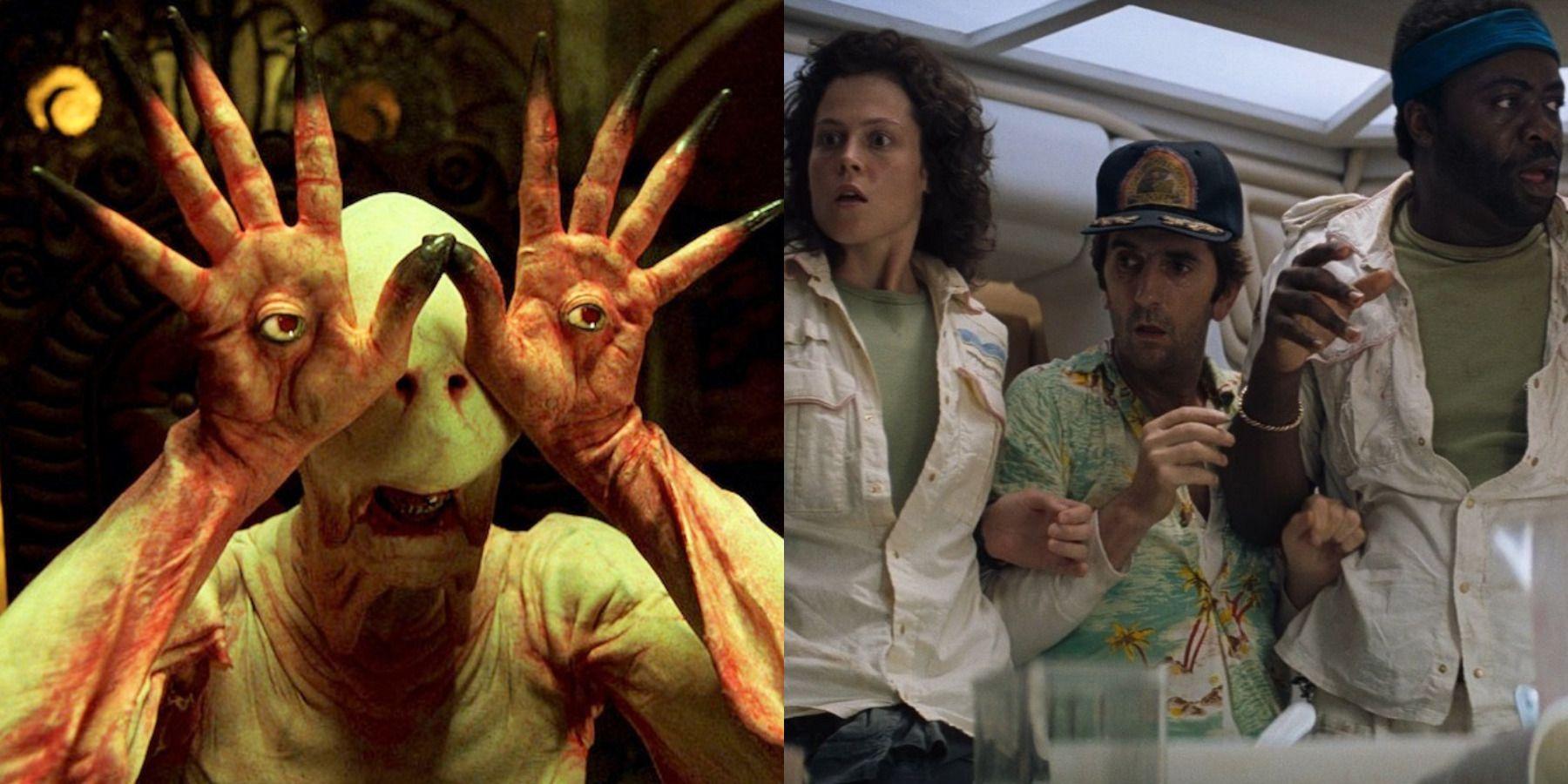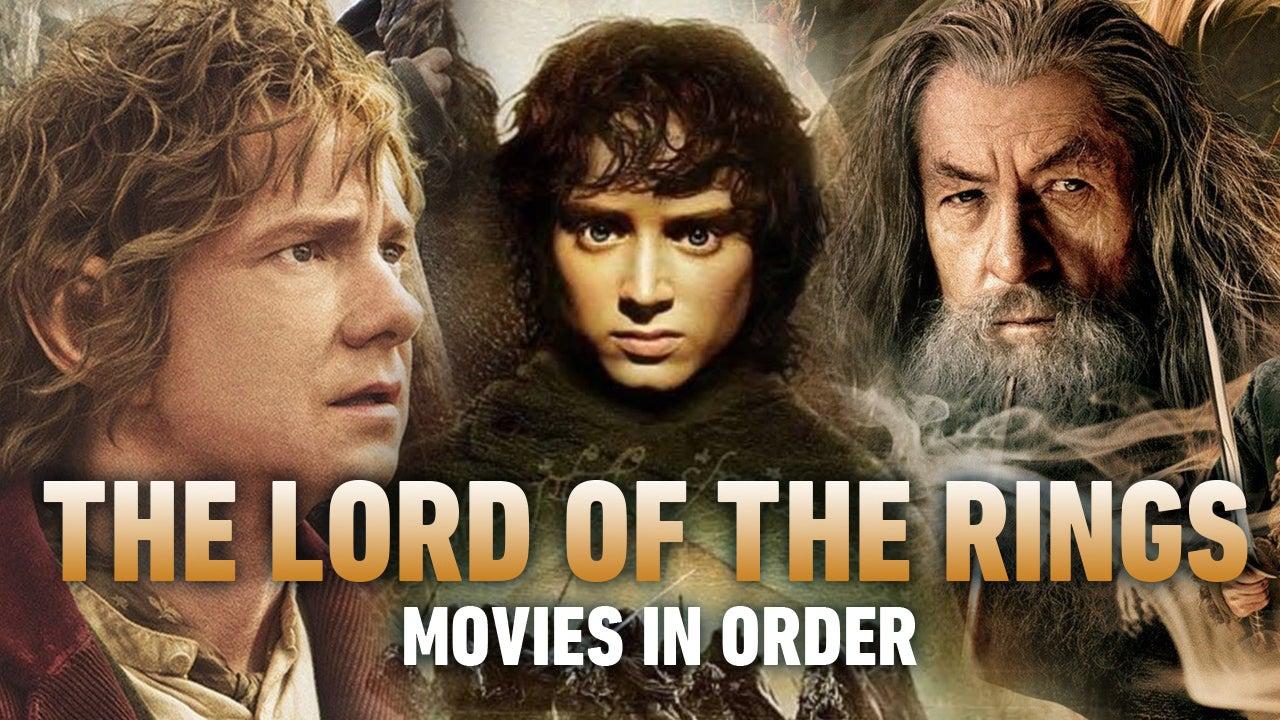The Lord of the Rings trilogy, directed by Peter Jackson, stands as a monumental achievement in cinematic history, renowned for its seamless blend of storytelling, performance, and visual artistry. At the heart of this visual splendor lies the intricate use of practical effects, which played a pivotal role in bringing J.R.R. Tolkien’s richly detailed world of Middle-earth to life. In an era increasingly dominated by digital effects, Jackson’s trilogy is often celebrated for its commitment to practical effects, which not only enhanced the film’s authenticity but also set new benchmarks for immersive storytelling. This article delves into the integral role that practical effects played in the trilogy, examining how they contributed to the films’ realism, the challenges faced during their implementation, and the lasting impact they have had on the film industry. Through an analytical lens, we explore how these tangible elements of filmmaking were instrumental in crafting a cinematic experience that continues to resonate with audiences worldwide.
Crafting Middle-earth: The Artistry Behind Practical Effects
The creation of Middle-earth in Peter Jackson’s iconic trilogy was a testament to the profound impact of practical effects on cinematic storytelling. While digital effects were certainly employed, it was the practical effects that grounded the fantastical world in reality, providing tangible textures and authentic environments. The artistry involved in these effects was nothing short of monumental, involving an intricate blend of craftsmanship, creativity, and dedication.
- Miniatures (or “Bigatures”): These massive scale models were meticulously crafted to capture the grandeur of Middle-earth’s landscapes and architecture. From the towering Minas Tirith to the imposing Barad-dûr, these miniatures allowed for dynamic camera movements that digital effects of the time couldn’t replicate.
- Makeup and Prosthetics: The transformation of actors into Hobbits, Orcs, and other creatures was achieved through painstaking makeup and prosthetic work. This not only added to the realism but also allowed actors to fully embody their characters, enhancing their performances.
- Forced Perspective: An ingenious use of camera angles and set design to create the illusion of size difference, allowing characters like Hobbits and Dwarves to appear smaller alongside humans and elves without the need for digital alteration.
These practical effects were more than just technical achievements; they were a bridge between the audience and the mythical world of Middle-earth, enabling viewers to immerse themselves fully in the epic narrative. The artistry behind these effects continues to inspire filmmakers, reminding us of the power of tangible, hands-on creativity in an increasingly digital age.
Blending Reality and Fantasy: Techniques Employed in the Trilogy
- Miniature Models and Bigatures: The use of miniature models, or “bigatures” as they were known due to their large size, allowed filmmakers to create detailed and expansive landscapes. These models were intricately designed and shot in a way that seamlessly blended with digital effects, enhancing the believability of iconic locations like Minas Tirith and Helm’s Deep.
- Makeup and Prosthetics: The trilogy heavily relied on makeup and prosthetics to transform actors into various fantastical creatures, such as orcs and hobbits. This technique provided a tangible authenticity that digital effects alone could not achieve, allowing audiences to feel the physical presence of these characters.
- Forced Perspective: To portray the size differences between characters such as Gandalf and the hobbits, filmmakers employed forced perspective techniques. By carefully positioning actors and using cleverly constructed sets, they created the illusion of varying heights without the need for digital manipulation.
- Practical Stunts: Stunt performers executed intricate fight sequences and action scenes, grounding the film’s fantasy elements in real-world physics. This approach not only added realism but also allowed actors to interact with their environment more naturally.
These techniques underscore the trilogy’s dedication to blending reality with fantasy, ensuring a visually immersive experience that remains a benchmark in filmmaking. By marrying practical effects with digital enhancements, the filmmakers crafted a world that feels both fantastical and tangible, inviting audiences to lose themselves in Middle-earth.

The Impact of Practical Effects on Storytelling and Audience Immersion
The success of Peter Jackson’s The Lord of the Rings trilogy is often attributed to its masterful use of practical effects, which played a crucial role in enhancing storytelling and immersing audiences in Middle-earth. By employing tangible effects, the filmmakers were able to create a sense of realism that digital effects alone might have struggled to achieve. The craftsmanship of the miniatures, known as ”bigatures,” allowed for a level of detail that convincingly brought fantastical locations like Minas Tirith and Helm’s Deep to life. These physical models were intricately designed and meticulously filmed, adding depth and authenticity to the narrative world.
- Enhanced Believability: The use of prosthetics and makeup for characters like Orcs and Uruk-hai contributed to a visceral sense of presence and threat.
- Seamless Integration: Practical effects were blended with digital technology to create seamless transitions between real and virtual elements, maintaining audience immersion.
- Tangible Atmosphere: On-set pyrotechnics and weather effects, such as real rain and fog, grounded the fantastical elements in a believable environment.
This commitment to practical effects not only enhanced the visual storytelling but also allowed actors to interact with their environment in a way that digital backdrops might have limited. Such an approach enriched performances, leading to a more engaging and immersive experience for viewers, who could lose themselves in a world that felt as real as the characters’ journeys.

Lessons for Modern Filmmakers: Embracing Practical Effects in Cinema
The profound impact of practical effects in The Lord of the Rings trilogy serves as a masterclass for modern filmmakers in the art of blending tangible artistry with cinematic storytelling. Peter Jackson’s epic adaptation is a testament to the enduring power of physical effects, where the meticulous craftsmanship of miniatures, prosthetics, and animatronics creates a world that feels remarkably authentic. These tangible elements not only ground the fantastical narrative in a believable reality but also enhance the emotional resonance of the story, inviting audiences to fully immerse themselves in Middle-earth.
Key takeaways for filmmakers seeking to incorporate practical effects include:
- Craftsmanship: The trilogy’s use of hand-crafted miniatures, or “bigatures,” highlights the importance of detail and scale in creating immersive environments.
- Seamless Integration: The successful combination of practical effects with digital enhancements showcases how these elements can complement rather than compete with each other.
- Emotional Impact: The tactile nature of practical effects can evoke genuine emotional responses, making the audience’s experience more visceral.
By embracing these lessons, contemporary filmmakers can harness the power of practical effects to enrich their narratives, creating films that resonate on both a visual and emotional level.
